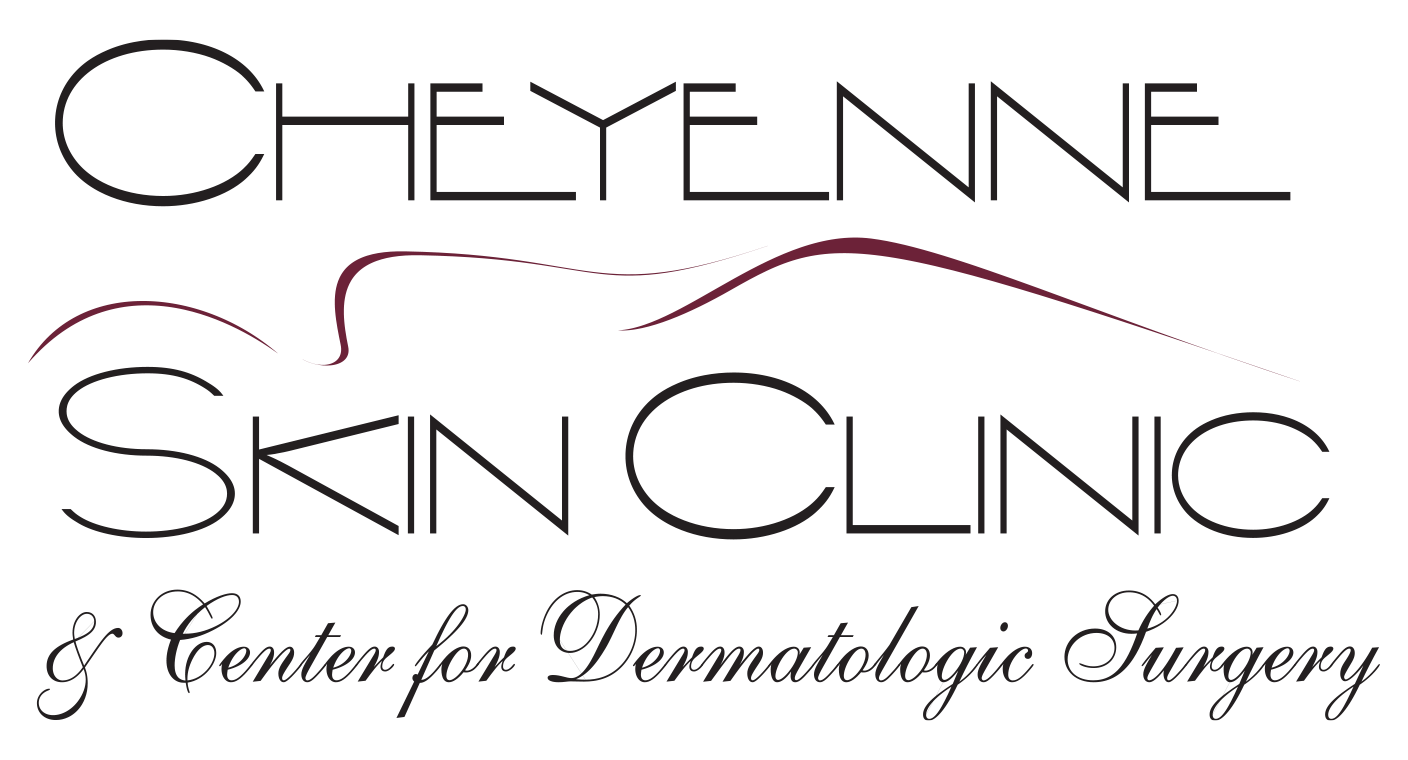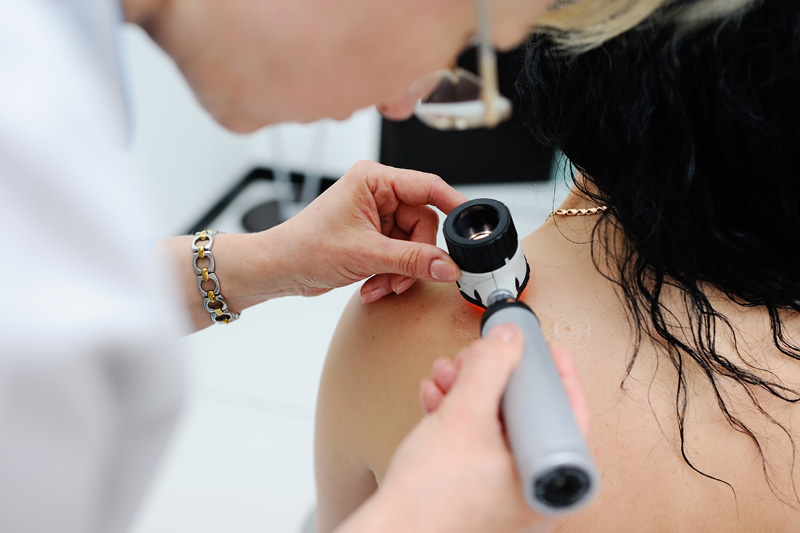

Our Dermatology Services
Welcome to Cheyenne Skin Clinic, where your skin health is our top priority. Our team brings extensive expertise and advanced training to deliver comprehensive care for patients of all ages. We proudly offer specialized diagnostic and treatment services provided by board-certified dermatologists, including fellowship-trained Mohs surgeons for precise skin cancer treatment, and pediatric dermatologists dedicated to compassionate, expert care for children and adolescents. Whether you’re seeking medical, surgical, or pediatric dermatology, you can trust our highly qualified team to provide personalized, evidence-based care with the highest standards of excellence.
How We Can Help
In addition to general dermatologic care, we offer expert diagnosis and treatment for a wide range of complex and specialized skin conditions. Our practice is equipped with advanced resources and on-site services to ensure a seamless, patient-centered experience from diagnosis to treatment.
Specialized Conditions We Treat:
- Skin cancers, including melanoma, basal cell carcinoma, and squamous cell carcinoma
- Acne, hidradenitis suppurativa, and acne scarring
- Psoriasis and eczema
- Autoimmune and connective tissue skin disorders
- Pediatric dermatologic conditions, including birthmarks, moles, as well as warts and molluscum
- Hair loss and scalp disorders
- Pigmentary disorders such as vitiligo and melasma
- Nail disorders
- Difficult-to-diagnose rashes
In-House Services and Amenities:
- On-site CLIA-certified dermatopathology lab for rapid, expert diagnostics
- In-house pharmacy for convenient prescription fulfillment
- Expert, fellowship-trained Mohs micrographic surgery for skin cancer in the new, state-of-the-art Mohs Surgery Center of Wyoming
- Phototherapy and advanced light-based treatments such as photodynamic therapy
- Expanded patch testing for contact allergies

If it’s time for your annual skin cancer screening, or if you suspect skin cancer or other abnormalities and changes, please reach out to us today.
Mohs Surgery (microscopically controlled surgery)
This technique involves removing thin layers of skin containing the cancer cells and then examining them under a microscope while the patient waits in the office. This allows for the surgeon to examine all the edges and achieve a high cure rate while minimizing the healthy skin that is removed. Sutures are often placed to aid in the healing process.
Excisional Surgery
The cancer is surgically removed and the tissue is sent to a laboratory for examination with the pathology results available in a few days. The area will typically be closed using sutures.
Pediatric Dermatology
Our practice is proud to offer specialized pediatric dermatology services led by a board-certified, fellowship-trained pediatric dermatologist, Dr. Krystal Massey. With advanced training focused exclusively on the unique skin needs of infants, children, and adolescents, we provide expert care in a warm, child-friendly environment. From common concerns like eczema, birthmarks, and acne to complex genetic or autoimmune skin disorders, our pediatric specialist is dedicated to delivering accurate diagnoses and compassionate, family-centered treatment tailored to young patients at every stage of development.


Cosmetic Dermatology Services
At Cheyenne Skin Clinic, we are also proud to partner with Adora, a medical day spa, where expert cosmetic dermatology meets luxury and rejuvenation. Adora Day Spa is fully staffed by an on-site dermatologist, physician assistant, nurse practitioner, registered nurse, and licensed estheticians, ensuring the highest level of expertise and care in every treatment. As the largest and most state-of-the-art laser center in Wyoming, Adora offers a full range of advanced aesthetic services to help you look and feel your best—all under the guidance of trusted skin care professionals.
Have questions?
Contact us & we’ll be in touch with you soon!
Cheyenne Skin Clinic
123 Western Hills Blvd
Cheyenne, WY 82009
Phone: 307-635-0226
Fax: 307-635-1924
Email: patients@cheyenneskinclinic.com
Hours
Monday-Thursday: 8 am – 5pm
Friday: 8 am – 4 pm
(Closed Saturday & Sunday)
